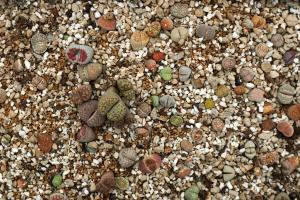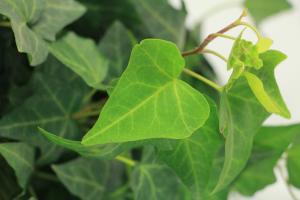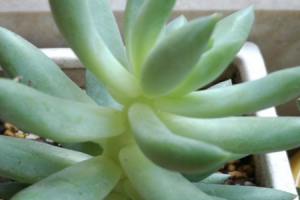Can You Plant Trees Near Gas Lines?
Planting trees is a great way to enhance the beauty and functionality of your property. Besides adding aesthetic value, trees provide a range of environmental benefits, such as serving as a habitat for wildlife, absorbing carbon dioxide, and reducing air pollution. However, when it comes to planting trees near gas lines, you need to be careful to avoid potential hazards.
Understanding Gas Lines
Gas lines are typically metallic pipes that transport natural gas or propane from a distribution point to homes or businesses. They are buried underground or run through overhead pipelines. Gas lines are crucial in ensuring that households and industries have reliable and safe access to energy. However, if they are damaged, they pose a serious risk of causing gas leaks, explosions, and fires.
Why Plant Trees Near Gas Lines Can Be Risky
While trees near gas lines offer various benefits, they can interfere with the pipes and cause damage. Tree roots may wrap around the lines and apply pressure, leading to cracks, fractures, or ruptures. Over time, the roots can penetrate the pipes, causing leaks or breaks that may be hazardous to both property and life. Gas leaks can also cause environmental damage, such as pollution and soil erosion. Moreover, gas companies may need to remove or trim trees around the lines, which can be expensive and time-consuming.
Guidelines for Planting Trees Near Gas Lines
Before planting trees near gas lines, seek guidance from your gas company to determine the depth and location of the pipes. This will help you avoid planting trees within the vicinity of the gas lines that could damage the pipes. You should also avoid planting trees with aggressive root systems, such as willows, oaks, and elms. Instead, go for shallow-rooted species like dogwoods or ornamental trees. Ensure that you place the trees away from the gas lines, at least ten feet away, when planting. Stay clear of the pipeline in any future landscaping maintenance to avoid causing damage accidentally.
Conclusion
In conclusion, planting trees near gas lines requires caution and proper planning. The benefits of planting trees are many, but it’s important to understand the risks involved to avoid endangering life and property. Follow the guidelines from your gas company on where to plant trees, and which species to plant when landscaping near gas lines. When done correctly, planting trees near gas lines can add beauty and comfort to your property while minimizing the risks involved.

 how many times do yo...
how many times do yo... how many planted tre...
how many planted tre... how many pine trees ...
how many pine trees ... how many pecan trees...
how many pecan trees... how many plants comp...
how many plants comp... how many plants can ...
how many plants can ... how many plants and ...
how many plants and ... how many pepper plan...
how many pepper plan...
































